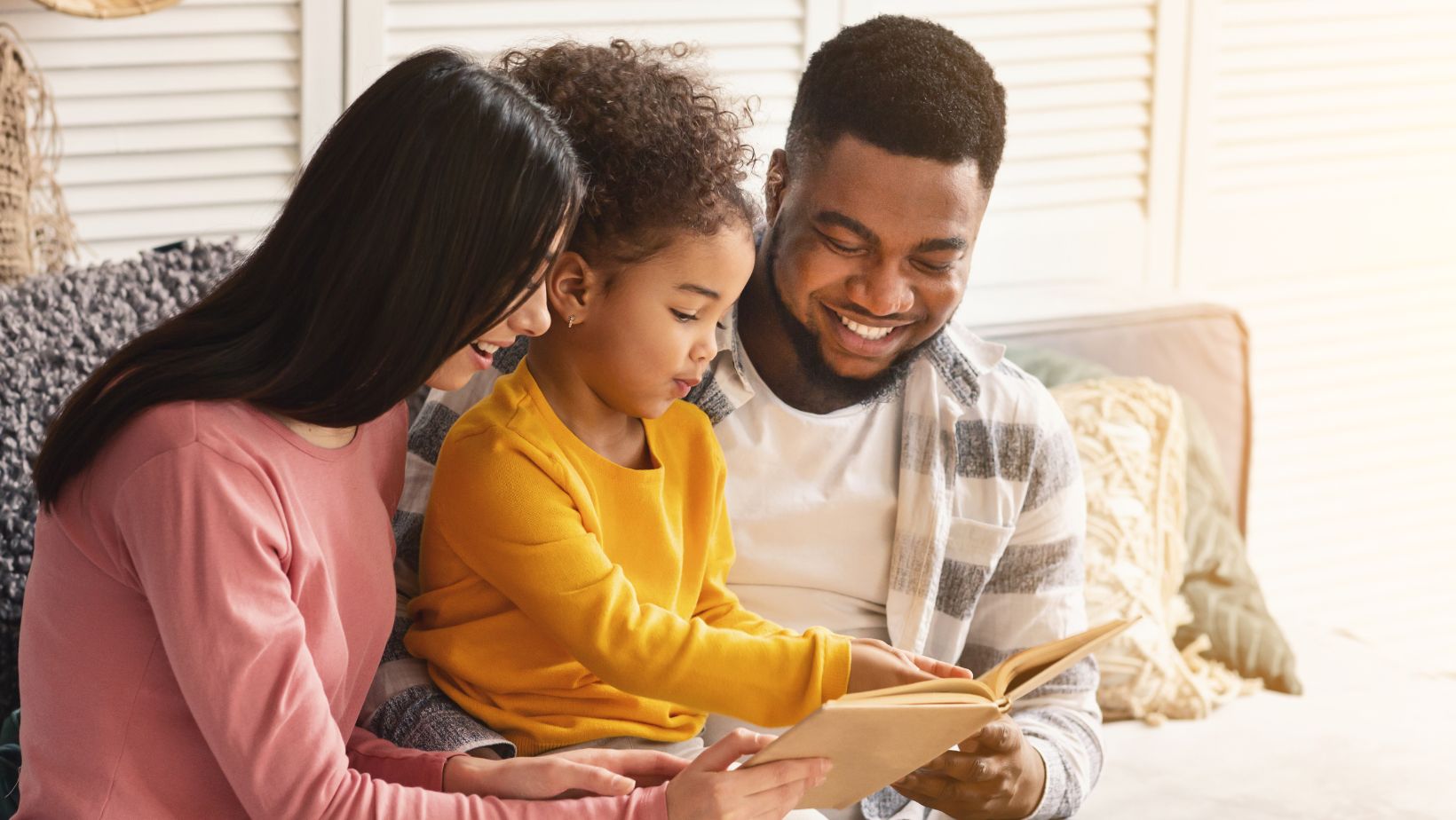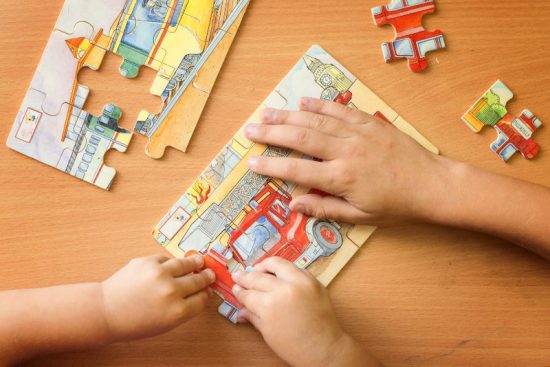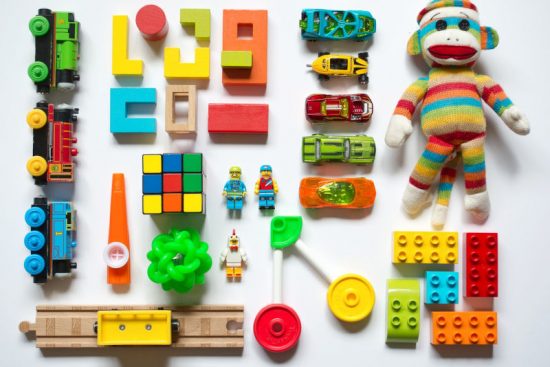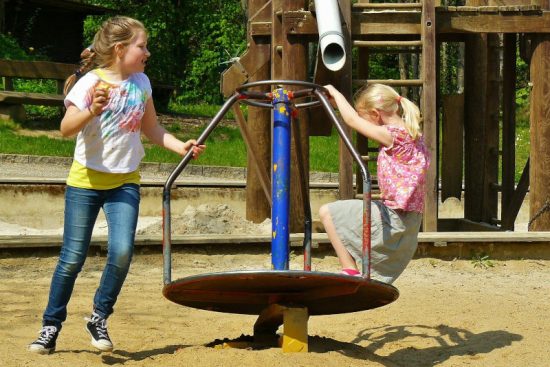
Mindful parenting isn’t about perfect calm or endless patience. It’s about noticing what’s really happening in your child world and in yourself before reacting. Each early stage shapes the mind in ways that echo for decades. For example, between ages two and five, awareness matters most. This is when personality starts taking shape. You can see how curiosity meets fear. This is the time when a child learns whether the world is safe or maybe unpredictable.
Your attention and consistency become the language through which they learn how to treat themselves too. So you can either start nurturing mentally healthy kids or planting the roots of future anxiety. It is crucial to give children proper instruments to help them grow up less lost in this world. You can also prevent subtle forms of psychological harm. The following practices and mindful parenting books come from developmental psychology books and real-life parenting work. They can help build a more confident relationship with their child.
What Is Mindful Parenting?
The heart of mindful parenting is about bringing awareness and compassion into every interaction so your child feels safe and guided rather than managed or controlled. Recent studies show that parents who practice mindfulness experience less stress and form more secure bonds with their children. In one study of 841 mothers, mindful parenting was linked to stronger emotional regulation and creativity in preschoolers. Other parents believe mindfulness helps family communication.
Mindful parenting means showing up fully for your child: aware of your emotions as well as your triggers, and their needs in real time. It’s less about being calm 24/7 and more about noticing what’s happening before reacting. Key principles include:
- Awareness of thoughts and emotions in both parent and child
- Compassion instead of control
- Acceptance of emotions, pleasant or not
- Intention instead of autopilot
Emotional Regulation and Modeling
Children don’t just listen to what we say, they absorb how we live and what we do, and what we say. For example, during conflict, you’re showing them how you manage emotions. A University of Washington study found that parents who completed mindfulness training became calmer and more responsive, and their kids mirrored that growth.

So when you find yourself feeling distant, look at your own emotional needs like empathy or tenderness. When you begin to meet those needs consciously, you stop repeating the same emotional gaps with your kids.
Healing Yourself to Parent Mindfully
Parenting could trigger old wounds and set behaviour. What do we mean here? Before starting to practice mindful parenting, you have to focus on your core emotional needs, which most people care about: own protection and care, attention, empathy, guidance, respect, admiration, and more. When these needs go unmet in childhood, adults often swing between over-control and exhaustion.
You need to apply the process that can help you stop unconscious repetition that influenced your childhood. It can help you ease the tension, so patience for your own kid and warmth will come back naturally:
- Mirror the self: you certainly wish that people around you used accurate, positive language.
- No violence: no humiliation or those guilt games, especially do not apply emotional manipulation.
- Consistency: Predictability and the same rules build security for children.
Core Techniques to Practice Mindful Parenting
Let’s keep theory light and the tactics more straightforward, learning how to calm fears or help children prevent subtle forms of psychological harm. We, as parents, are responsible for providing our little ones with the emotional foundation. This mindful parenting focuses on an emotional foundation, enabling us to offer healthy psychological development.
1. Pause Before Reacting
When irritation spikes, take one slow breath. That tiny pause breaks the chain between emotion and reaction. It means that you are stopping for a moment before you respond, especially when you feel angry.
And while you are taking a slow breath, you give your body time to settle. This technique basically helps your brain catch up with your emotions, so it is about time you give your body what it needs. Next, it will help prevent actions you might regret later.
2. Breathing and Short Resets
Use short resets. We mean that you need to take a few steady breaths before hard conversations. It keeps your nervous system from passing stress straight to your child. And it isn’t just about being calm, it’s about how your nervous system shapes your child’s. Psychologist Daniel Siegel, author of ‘The Whole-Brain Child,’ explains that a parent’s breathing rhythms act like a co-regulator for the child’s brain. When you slow your breath, your child’s body often mirrors that rhythm.
Neuroscientists call this co-regulation: your calm signals safety, which helps your child’s stress response switch off. Even a ten-second pause before speaking gives your brain time to move from the amygdala (the reactive “alarm”) to the prefrontal cortex (the reasoning part), so your brain shifts from reacting to thinking.
3. Active Listening and Mindful Communication
Listening builds connection, but communication sustains it. You can find the basic books on parenting like ‘Nonviolent Communication: A Language of Life’ by Marshall B. Rosenberg, and make a profound research on the communication topic as this theme is essential. Unfortunately, we cannot cover all the necessary aspects here, but here are three skills that matter, so you can focus on them first:
- Assertiveness means standing up for yourself while respecting others
- Conflict handling is about addressing issues calmly to find solutions and preserve the relationship
- Nonviolent Communication helps express needs and feelings clearly and without blame
4. Nonjudgmental Observation
It means describing what you see or hear without adding opinions, blame, or labels. For example, saying “You threw the toy” simply states the fact, while “You’re bad” adds judgment about the child’s character.
The goal is to focus on the behavior (what happened) rather than the person (who they are), so the child feels safe to learn and correct the action instead of feeling ashamed or attacked.
5. Emotion Naming and Validation
It means putting feelings into words instead of leaving them guessing. When you say, “You look frustrated, describing what it is,” you help your child recognize what they’re feeling. Over time, this builds emotional vocabulary and teaches them that emotions are normal signals.
Psychologist Marc Brackett, author of parenting books like ‘Permission to Feel,’ notes that naming emotions lowers their intensity in the brain. This is a process called affect labeling: when children learn to name what they feel, they gain control over it. They have tools to put their inner state into words, instead of screaming.
6. Setting Boundaries with Presence
It means keeping limits firm but calm. Boundaries make children feel safe because they know what to expect.
When you use a steady tone and, of course, follow through every time, they learn that structure. So it is another form of care. And that’s quite good. This way, you can create safety, and it could be done through positivity. Reassure through information and warmth, like what’s about to happen: doctor visits, bedtime routines, and so on. Replace uncertainty with precise and friendly detail.
Final Tip: Help the Child Discover Who They Are
Mindful parenting helps to give your kids the right tools. Every child has a built-in temperament: some are cautious, and some are dreamers. Mindful parents notice and name these traits without judgment. For example, saying “Just take your time, sweetie, I know you like doing things right” builds pride, while saying “You’re lazy, or you are slow” plants shame. The goal isn’t to shape them into your idea of a good person but to help them figure that out and meet themselves.
Children don’t learn emotional or social skills from instructions. They absorb patterns of “being human” by observing real people. They notice how adults act and even pause. The small cues shape how children understand empathy, while these attachments widen their emotional range. When kids have other caring adults around, like grandparents and teachers, they experience different models of behavior. That variety actually helps them handle emotions better, building social confidence later in life.




